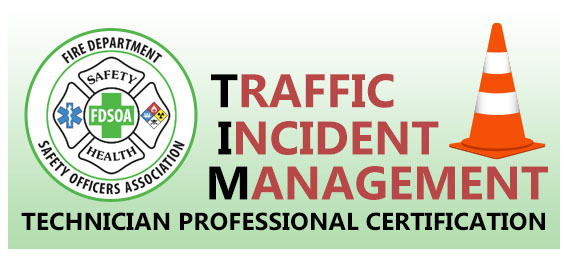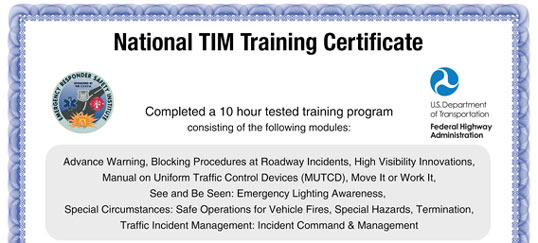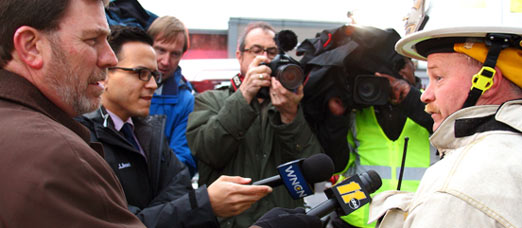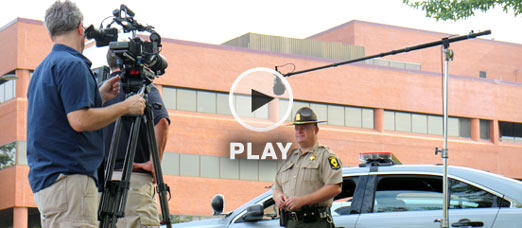Personal Protective Equipment for Roadway Incident Response
Credit Hours:
1
Approximate reading time:
0.5 Hours
Approximate online time:
0.5 Hours
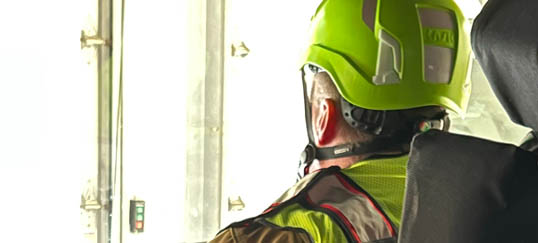
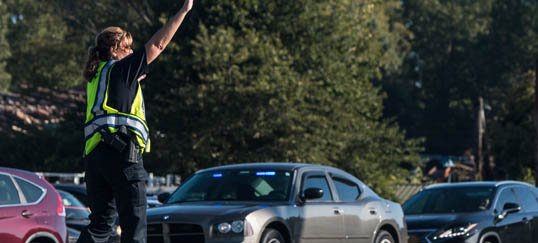
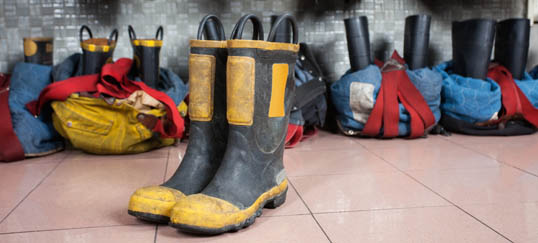
Program Abstract
Working roadway incidents is hazardous. From 2019 to 2022, 202 emergency responders were struck and killed by vehicles operating at a roadway incident scene. The number of injuries is unknown. Responder lives are also threatened by slip, trip, fall, flying roadway debris, and physical exertion hazards, particularly when inclement weather is a factor. In a 2020 survey of the fire service conducted by the Emergency Responder Safety Institute, 62% of respondents ranked the life safety hazard of working at roadway incidents as somewhat more or much more hazardous than structure fires. Personal protective equipment is a key factor in mitigating these risks.
Yet many responders do not consistently and correctly wear appropriate PPE at roadway incidents. For example, in that same survey, over 64% of respondents reported that the members of their crew never or almost never wear a helmet for all or most of the duration of a roadway incident response. In some disciplines, like law enforcement, wearing helmets is not even possible because they are not issued helmets unless they are part of a special unit. This module discusses PPE requirements and how to select, and correctly and consistently wear PPE from head to toe, including high visibility apparel and head protection, to mitigate the hazards of working roadway incidents. It also discusses the importance of habit and culture to correct and consistent PPE use.


















































